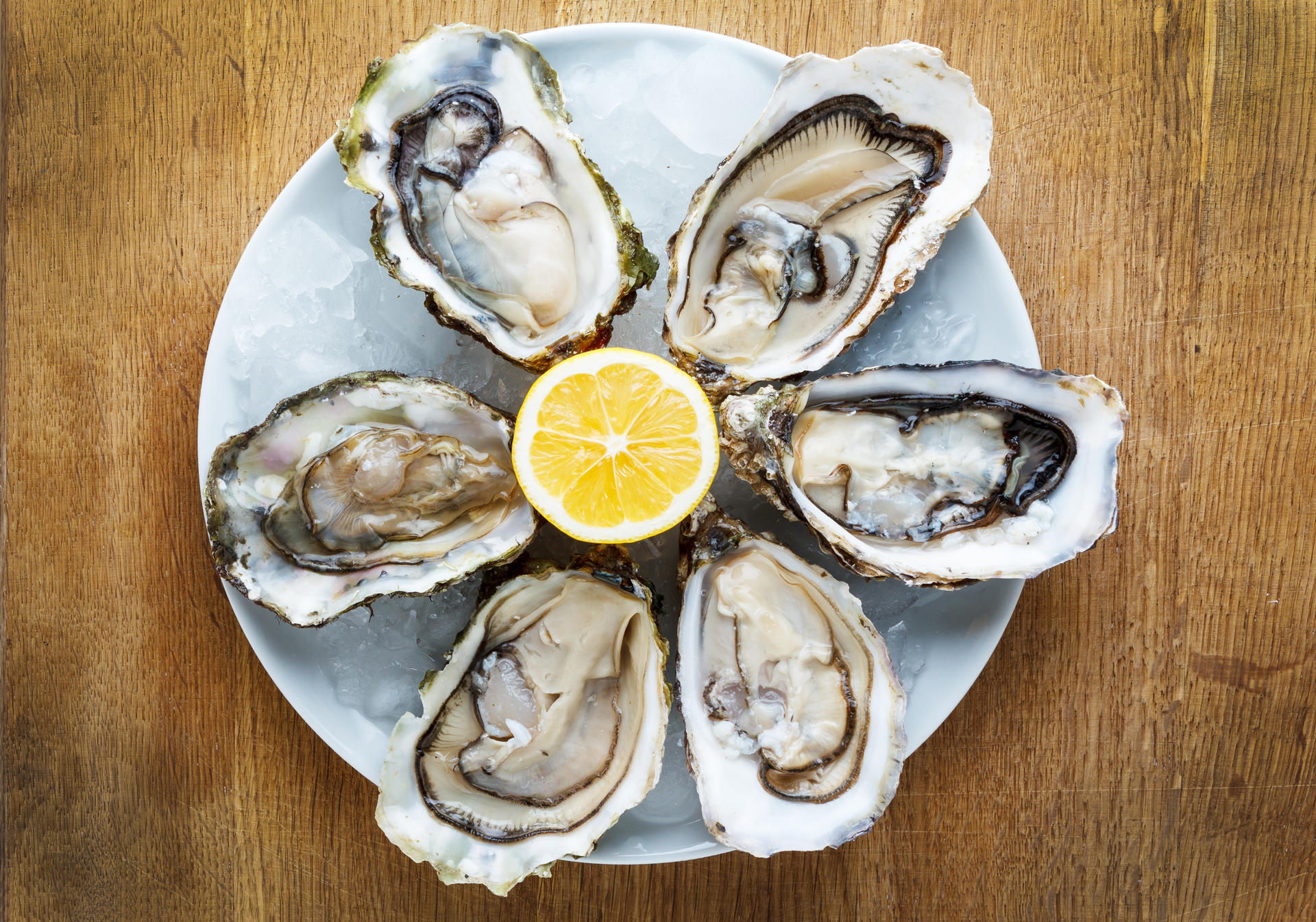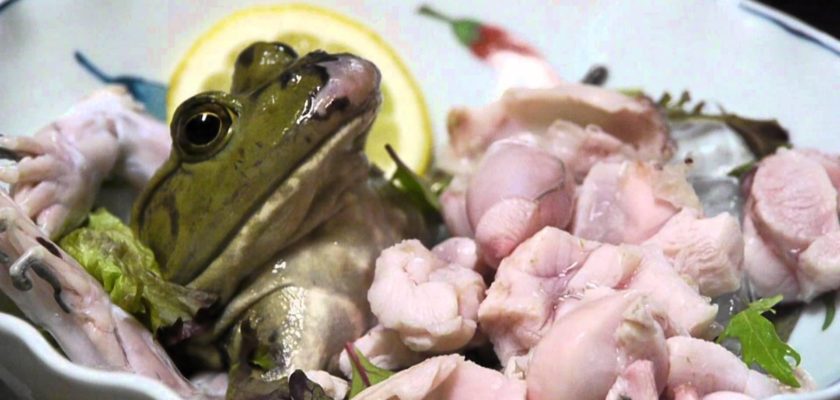This article takes an up close look at the fascinating practice of eating certain animals alive. Some of these practices are well known in Western countries, whilst others are not, and many have been a national tradition that has been going on for hundreds of years. They are listed from the 7 most popular live dish right up to the number one choice.
Odori Ebi
Also known as dancing shrimp, odori ebi is a favourite Japanese sashimi delicacy which involves eating young live shrimp. The shrimp are soaked in sake prior to serving, this has an intoxicating effect on the shrimp which are then covered with a delicious sauce. As they are eaten the shrimp can still move their antennae and legs.
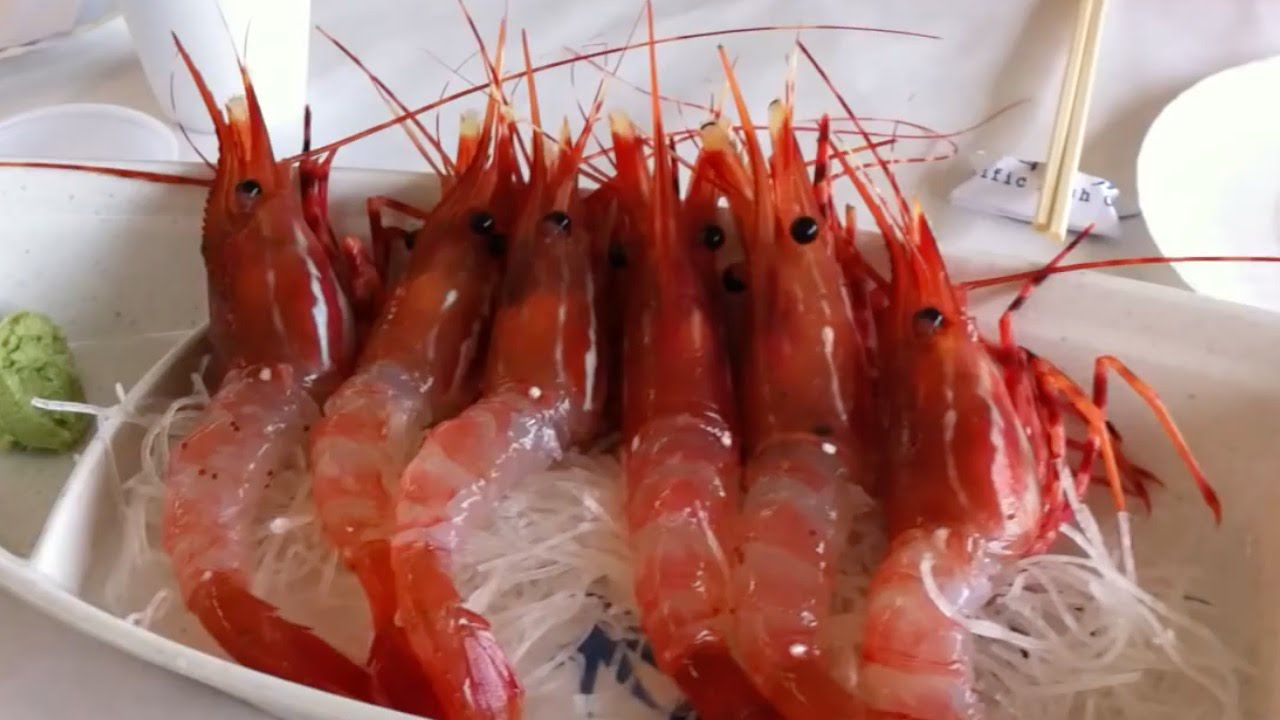
Frog Sashimi
These culinary frogs are bullfrogs which are specifically breded for cuisine purposes. They are kept alive in the restuarant, and when ordered, they are prepared at the customer’s table, as the frog twitches. This delicacy is known for its fresh tasting, light meat and mild chewiness. It is a healthy alternative to red meat or chicken as it has less fat. After the pieces of sashimi are removed, the frog’s remains are simmered and become the main ingredient in a mildly spicy soup.
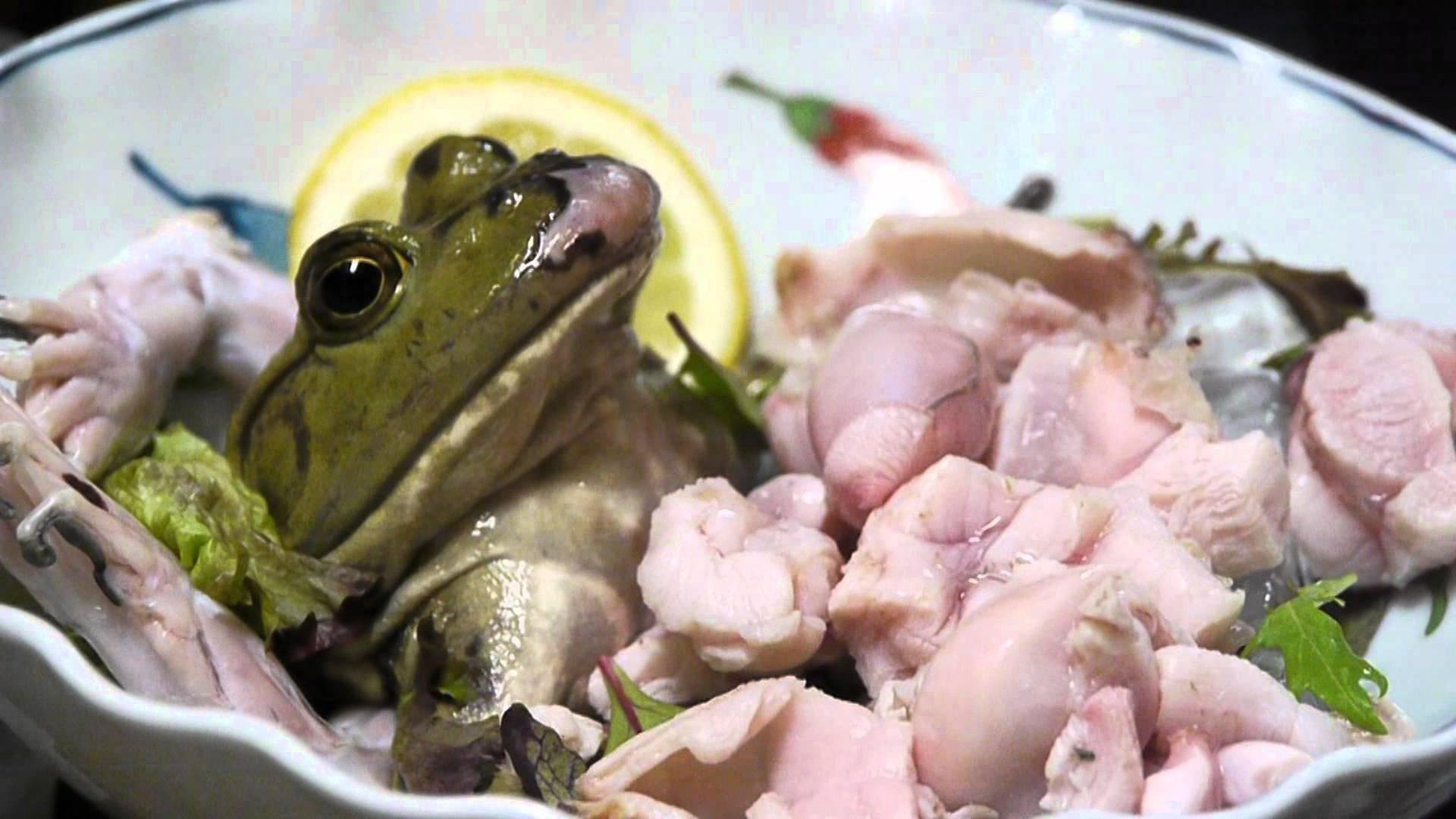
Drunken Shrimp
This fresh-water shrimp is a favourite in certain regions of China. The shrimp are eaten alive a lot of the time, however, before being served they are stunned with baijiu, a popular strong liquor which makes eating them more manageable. There are various regional recipies involving preparing this healthy dish.

Sea Urchins
Sea urchin, also known as uni, is an acquired taste. It is regarded as a rare delicacy, and offers a mesmorising texture and unusual flavour. It looks spongy, has an orange colour, is slightly chewy, and has a seawater and cholesterol like taste.
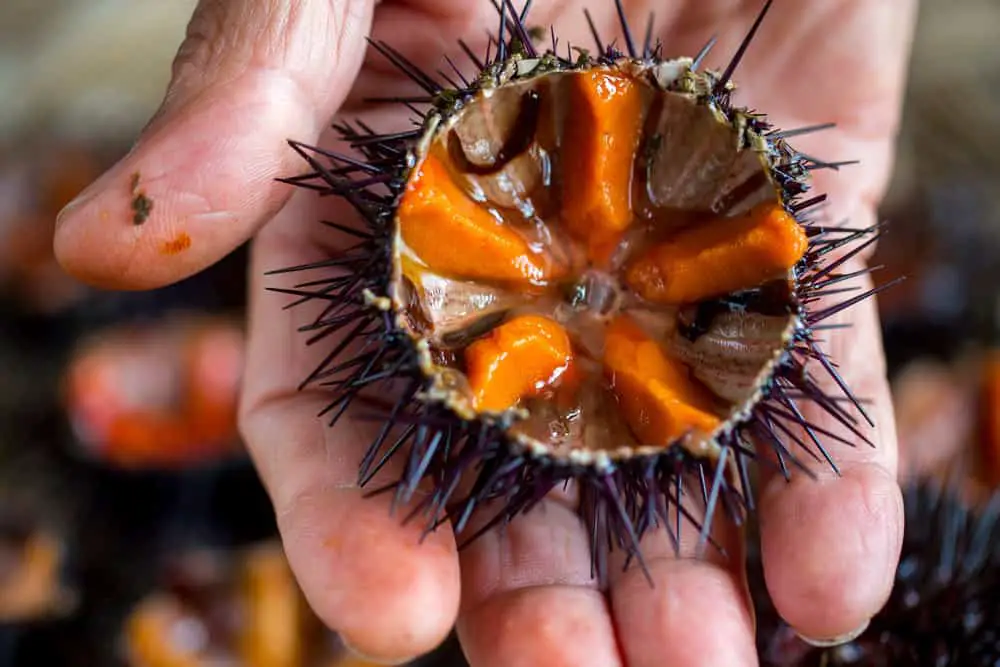
Sannakji Hoe
This much sought after raw Korean dish is a variety of hoe, and contains live small octopus cut into bite size pieces which are seasoned with a light serving of sesame oil. When put on the plate, they are still moving around.
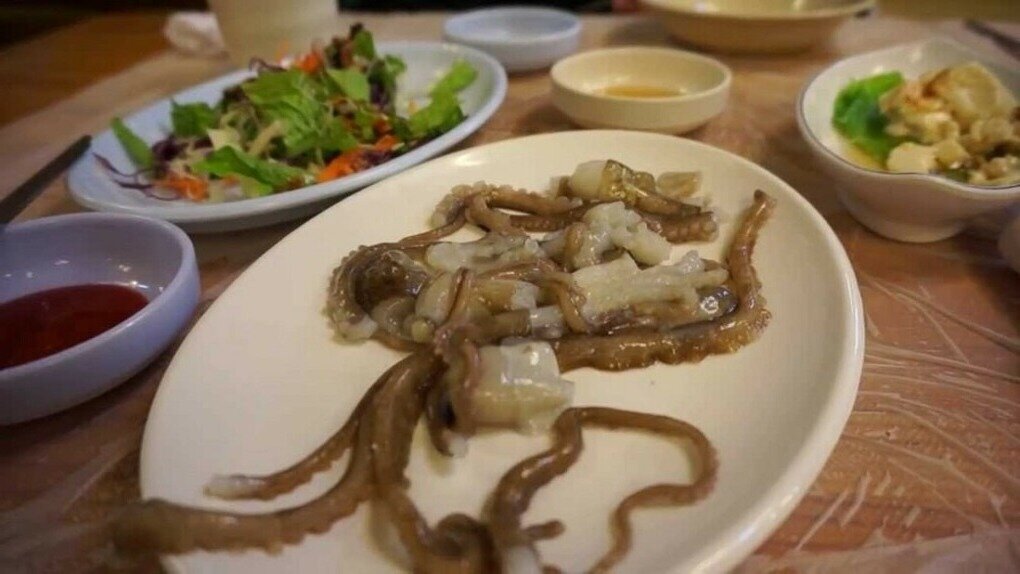
Ikizukuri
Ikizukuri, also known as live sashimi, is a traditional Japanese fish delicacy which is consumed whilst alive. When ordered, the fish is removed from the tank and taken to the plate within minutes. The meat is removed so it does not hurt the organs, and it is served with a beating heart.
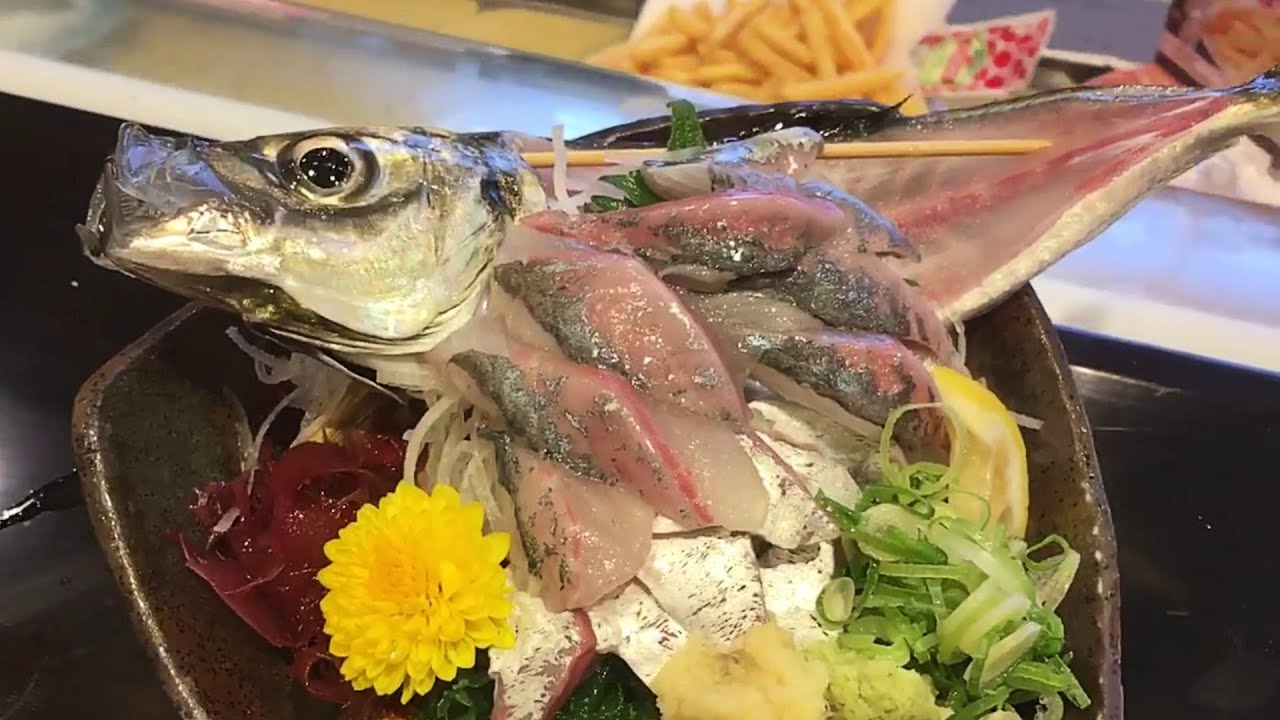
Oyster
Oysters have to be alive at the time of eating. They should be glistening with freshness, and need to be laced in a generous quantity of liquor. If the shells are closed tight, or if they close when you touch them with a utensil, they have to be prised open.
